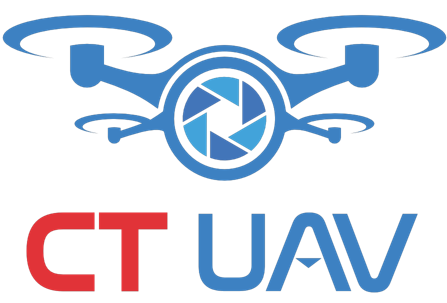Enhanced Situational Awareness
High-resolution cameras and thermal imaging capabilities enable UAVs to capture detailed imagery across diverse environmental conditions, including low-light or obscured settings. This enhanced visual intelligence supports informed decision-making, facilitates the identification of potential threats, and promotes more effective resource allocation.
For instance, during large-scale events or emergencies, UAVs can rapidly survey entire areas, delivering real-time data on crowd movement, traffic flow, and emerging hazards. This level of situational awareness—previously attainable only through expensive helicopter operations—is now accessible via more cost-effective and agile UAV systems.
Rapid Response Capability
UAVs offer swift access to locations that are difficult or dangerous for ground personnel to reach in emergencies. In search and rescue operations, UAVs can cover vast territories quickly and use thermal imaging to locate missing persons even in challenging terrain or adverse weather conditions. In firefighting scenarios, drones help assess fire intensity, identify hotspots, and guide firefighters toward high-risk zones—while minimizing human exposure to danger.
Their fast deployment is particularly valuable in time-sensitive situations. For example, in active shooter or hostage crises, UAVs can provide immediate aerial reconnaissance, enhancing the effectiveness and safety of law enforcement responses.
Data Collection and Analysis
UAVs function as sophisticated data-gathering platforms. Equipped with diverse sensors and imaging technologies, they are capable of collecting and analyzing vast amounts of data to support public safety strategies.
In traffic management, drones collect information on traffic volume, accident locations, and infrastructure conditions. In environmental monitoring, they capture data on air quality, water contamination, and vegetation changes—helping authorities identify and mitigate health and safety risks more proactively.
Moreover, UAV-acquired data can be integrated with artificial intelligence and machine learning systems for real-time analysis. This integration enables predictive insights, improves resource allocation, and enhances emergency preparedness.
Risk Mitigation for Personnel
Perhaps one of the most significant advantages of UAV technology in public safety is its ability to reduce risks for human operators. According to statistics, over 1,000 police officers in the United States, 1,731 in India, and 5,804 in Brazil have died in the line of duty.
In natural disasters, UAVs can assess affected areas, locate survivors, and guide rescue teams while safeguarding personnel from unstable structures and other hazards.
Law enforcement uses UAVs to monitor high-risk situations such as armed conflicts or narcotics raids, providing officers with critical intelligence before entering dangerous environments. This not only enhances officer safety but can also facilitate more peaceful resolutions to potentially violent encounters.
Cost Efficiency and Resource Optimization
Traditional policing methods rely heavily on routine patrols to maintain neighborhood safety and deter criminal activity. However, such approaches are labor-intensive and come with high operational costs. Officers must patrol on foot or by vehicle to maintain visibility, limiting the scope and efficiency of surveillance.
Using UAVs can save tens of thousands of dollars compared to deploying police helicopters. In many scenarios, drones offer greater flexibility and operational efficiency than manned aircraft. Key cost-saving benefits include:
- Procurement Costs: While a new helicopter can cost millions of dollars, high-quality UAVs equipped with optical and thermal cameras are significantly more affordable.
- Training Costs: UAV pilots require specialized training, certification, and insurance, but these costs are still considerably lower than those associated with training manned aircraft pilots.
- Maintenance Costs: Conventional aircraft demand expensive maintenance regimes, whereas UAVs generally require software updates and minor part replacements.
Given their cost-effectiveness, UAVs represent a viable aerial support option for agencies lacking the resources to operate traditional manned aircraft.
